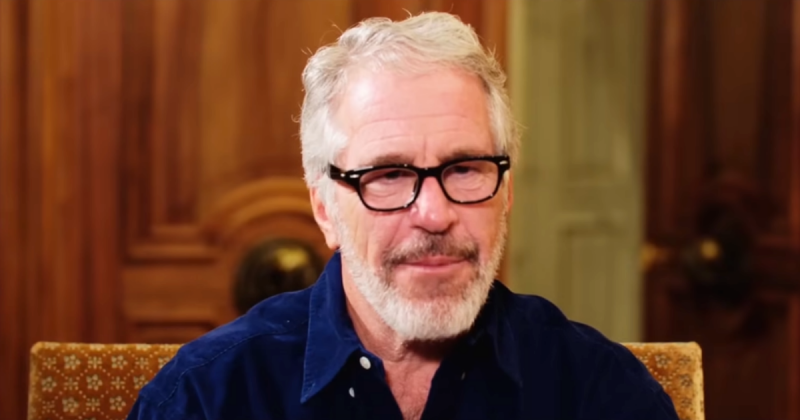Newly released emails from convicted sex offender Jeffrey Epstein, obtained and publicized by House Democrats, have reignited scrutiny of long-circulating claims regarding Hillary Clinton and former White House Deputy Counsel Vince Foster.
A 2016 message from Epstein to author Michael Wolff references Foster and a White House counsel, stating cryptically, “nussbaum white house counsel… hillary doing naughties with vince.”
While brief and unverified, the note has brought renewed attention to claims surrounding Foster’s untimely death in 1993.
The email exchange followed Wolff’s request for a summary regarding Bernard Nussbaum, who served as White House Counsel under former President Bill Clinton and Vince Foster, who died under suspicious circumstances in Fort Marcy Park, Virginia.
Foster’s official cause of death was ruled a suicide by multiple investigations, including the U.S. Park Police, independent counsels Robert Fiske and Ken Starr and congressional committees.
Nonetheless, anomalies surrounding the scene and forensic evidence have fueled decades of speculation, The Gateway Pundit reports.
Observers have pointed to inconsistencies in the handling of Foster’s body and evidence.
Reports noted missing bullet fragments, a lack of fingerprints on the firearm and contradictory descriptions of blood at the scene.
Historical accounts, including Christopher Andersen’s 1999 book Bill and Hillary: The Marriage, reported on Hillary Clinton’s close personal association with Foster while in Arkansas.
Andersen quoted former state troopers and Clinton associates claiming Foster frequently visited the Clinton residence and offered comfort to the then first lady in private moments.
One trooper reportedly stated, “Hillary and Vince were deeply in love,” describing encounters where the pair were seen embracing or spending extended time together, according to a 1999 New York Post article.
Andersen’s book also detailed broader aspects of Clinton family dynamics, including frequent domestic disputes and tensions arising from Bill Clinton’s well-documented extramarital activities.
The narrative suggested that Clinton aides and associates were aware of Hillary Clinton’s close connection with Foster, though these claims remained largely anecdotal.
TGP notes that the newly released Epstein email adds a modern dimension to these longstanding allegations, linking a notorious figure from the early 2000s to historical narratives that had previously been confined to books, rumors and limited media reporting.
While the email is not verified and does not constitute proof of an affair or impropriety, it has amplified public discussion about the historical circumstances surrounding Foster’s death.
Experts and historians caution that Epstein’s note should be interpreted carefully.
It represents his personal communication to Wolff and may reflect gossip rather than factual knowledge.
Nonetheless, the release illustrates how archival material can revive interest in past events, prompting renewed examination of official records and witness accounts.
Beyond the email, lingering questions about Foster’s death remain part of public discourse.
Discrepancies in photographs, witness statements and the handling of evidence at Fort Marcy Park continue to be cited by researchers and independent authors.
These elements have contributed to decades of speculation, suggesting that certain aspects of the case may not have been fully explored or adequately documented by official channels.
The intersection of Epstein’s communications and historical accounts like Andersen’s demonstrates how new information can cast fresh light on past events.
Whether the email offers factual insight or merely echoes prior claims, it underscores ongoing public fascination with high-profile political controversies and the ways in which previously undisclosed documents can reshape historical narratives.
As the Epstein-Wolff correspondence circulates, it is likely to renew scrutiny of both Hillary Clinton’s associations and the official explanations for Vince Foster’s death.
While conclusive proof remains absent, the emails provide a lens through which conservative commentators, historians and the general public continue to debate and analyze a complex and historically significant episode.

